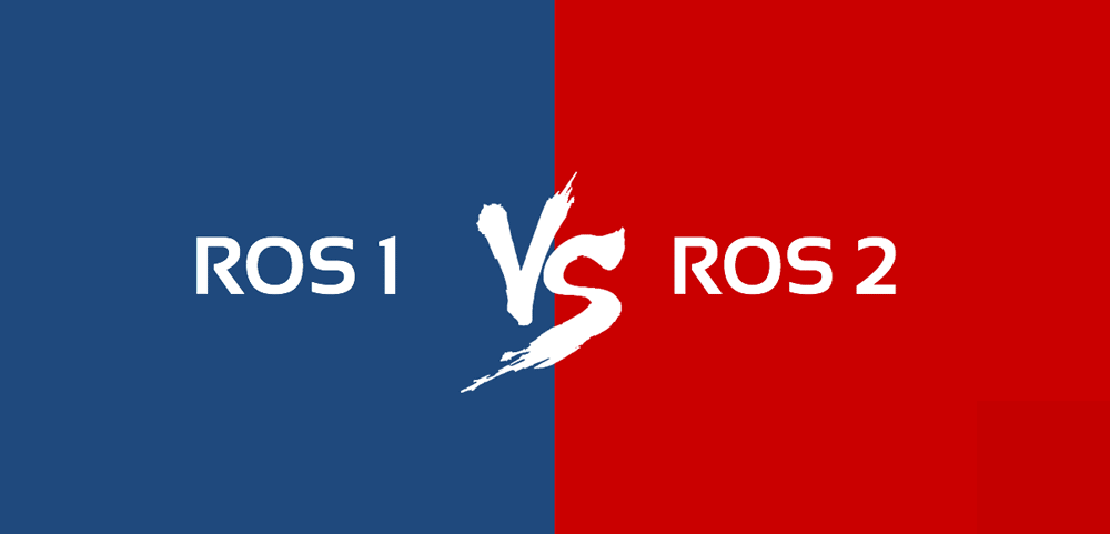
Why RISC-V Can Be a Game Changer?
In an industry where silicon efficiency, design flexibility, and time-to-market are paramount, the limitations of proprietary processor architectures are becoming increasingly apparent. RISC-V, an open-source ISA, is reshaping the VLSI design landscape by enabling deeper hardware-software co-design, architectural customization at the RTL level, and tighter control over power, performance, and area (PPA)—without the constraints of licensing or closed specifications
Understanding Architecture in Processor Design
At the heart of any computing system is the Instruction Set Architecture (ISA). This defines the set of operations a processor can perform and how software communicates with the hardware. It shapes not just how processors work internally, but how software is written, optimized, and ultimately executed on silicon.
Two dominant ISAs in today’s landscape are x86 (used in most desktops and servers) and ARM (used in mobile and embedded systems). Both are proprietary—x86 is maintained by Intel/AMD, and ARM is owned by Arm Holdings. Companies must license these architectures, often facing high costs and restricted design flexibility.
This proprietary control has defined semiconductor innovation for decades, but now, with increasing pressure to design application-specific silicon, these limitations are being challenged—especially by RISC-V.
The Introduction of RISC-V
RISC-V was born at UC Berkeley in 2010 as the fifth iteration of a Reduced Instruction Set Computing project—hence the “V.” It is open, modular, and extensible by design, and can be used without paying royalties or navigating restrictive agreements.
For VLSI engineers, this means unprecedented freedom. You get to start from a clean, minimal base and selectively add extensions tailored to your needs, reducing unnecessary silicon overhead and enabling custom solutions from IoT to high-performance computing.
RISC and CISC: Architectural Context
To appreciate RISC-V’s strengths, it helps to contrast CISC (Complex Instruction Set Computing) with RISC:
-
CISC (like x86): Complex instructions, often with multiple micro-operations. Efficient in code density, but hard to pipeline, verify, and implement in silicon.
-
RISC (like ARM and RISC-V): Simple, fixed-length instructions. Easier to decode and pipeline, and better suited for high-frequency, low-power design.
RISC-V embraces the RISC model but modernizes it—providing a clean ISA spec, optional extensions (e.g., vector, DSP, security), and a focus on hardware simplicity. This aligns beautifully with modern VLSI workflows, where modularity, timing closure, and area optimization matter deeply.
Why Open Source Architecture Matters
From a VLSI perspective, an open ISA like RISC-V introduces significant, tangible advantages:
- Design Freedom: Tailor the core to fit application-specific workloads without bloated instruction logic.
- Cost Efficiency: No licensing fees—especially important for startups, academia, and emerging markets.
- Custom Extensions: Build domain-specific accelerators (e.g., ML, DSP, crypto) directly into the core via new instructions.
- Toolchain Ecosystem: Support from GCC, LLVM, GDB, QEMU, Verilator, and commercial EDA tools (Synopsys, Cadence, Siemens) is growing rapidly.
- Security Transparency: Open ISAs allow easier auditing and implementation of secure enclaves or custom threat models.
This flexibility fuels innovation in SoC design, chiplets, and application-specific processors across industries.
Deep Dive: Why VLSI Engineers Are Embracing RISC-V
Let’s go deeper into how RISC-V benefits VLSI design workflows from RTL to GDSII.
1. RTL Simplicity and Design Modularity
- Minimal baseline (RV32I/64I) → Lean RTL for quick bring-up
- Modular extensions → Easy to drop or add features like floating-point, vector, or custom logic
- Clean decode logic → Easier RTL-level integration, debug, and retiming
You can design an ultra-small controller with 10k gates—or scale to a multicore out-of-order CPU using Rocket/BOOM/CVA6 cores.
2. Power, Performance, Area (PPA) Optimization
- Power: Fewer gates = lower dynamic power. Custom instructions can reduce instruction count → less switching.
- Performance: Small pipelines → high frequencies with low stalls. Custom ALUs enable single-cycle workloads for ML/DSP.
- Area: Only include what you need—strip unused logic for smaller die area.
Example: A stripped-down RV32I core can synthesize to <20K gates on 28nm, 30% smaller than ARM Cortex-M0, while supporting custom extensions.
3. Backend Flow Advantages
- Predictable logic patterns → Better synthesis QoR
- Fewer stages and hazards → Easier place-and-route (PnR) and timing closure
- Clock tree optimization → Simpler pipeline = less skew, reduced power in CTS
This translates to faster physical implementation and fewer ECOs in advanced nodes (e.g., 7nm and below).
4. Easier Verification and DFT
- Smaller ISA state space → Fewer corner cases during simulation and formal
- RISCV-DV and RISCV-ISAC tools → Random test generation and ISA compliance coverage
- DFT: Cleaner logic → higher scan coverage, easier ATPG, and shorter test times
5. Seamless IP Integration and SoC Interoperability
- Custom Coprocessors: Easily attach accelerators via native ISA hooks
- Chiplet Design: Lightweight, configurable cores for distributed compute
- Tight Coupling: Use custom load/store instructions to interface directly with on-die IP blocks
In SoC design, RISC-V lets you co-optimize the core around your IP rather than the other way around.
Industrial Adoption and Ecosystem Growth
RISC-V has gone from academic research to real-world silicon:
- SiFive, Alibaba T-Head, Andes, Microchip, and others have released commercial cores
- IP vendors like Codasip and Ventana offer performance-tuned RISC-V blocks
- Tool vendors support RISC-V in mainstream flows (Synopsys Design Compiler, Cadence Genus, Siemens Questa)
Standard extensions include:
- Vector instructions: For ML/DSP
- Bit manipulation: For crypto/security
- Hypervisor & Privileged modes: For OS-level execution
This ecosystem lets VLSI teams move from RTL to verified tapeout-ready silicon faster.
Relevance for VLSI Design Teams
Here’s why VLSI teams increasingly prefer RISC-V over proprietary ISAs:
- Smaller logic footprint
- Faster simulation and timing convergence
- Lower licensing and NRE cost
- Scalable from MCU to datacenter chiplet
- Freedom to innovate at the ISA level
In aggressive tapeout schedules—where every mm², mW, and ns counts—RISC-V’s flexibility is a strategic asset.
Looking Ahead
The shift from general-purpose chips to domain-specific silicon is accelerating. RISC-V aligns with this trend:
- Edge AI → Custom instructions for inference workloads
- Automotive → Safety-certifiable minimal cores
- Aerospace/Defense → Fully auditable ISA and toolchains
- Cloud → High-performance chiplets with custom ISA tuning
With open-source RTL (e.g., PicoRV, Ibex, BOOM) and toolchain maturity, RISC-V gives hardware teams full-stack control—from architecture to layout.
Conclusion
RISC-V represents more than just a new instruction set—it’s a philosophical shift in how hardware is developed. For VLSI engineers, it breaks the ceiling imposed by closed architectures and unlocks new ways to optimize for PPA, flexibility, and silicon-level innovation.
It’s not just about replacing ARM or x86. It’s about building what you need—nothing more, nothing less.
In the era of domain-specific computing, RISC-V is not just an option—it’s a strategic advantage.
Related Posts

ROS 2 vs ROS 1: What Changed and Why It Matters?
Is ROS 1 still the right choice for your next robotics project, with its well-established tools and wide community support? Or, given the growing demand for real-time performance, scalability, and modern middleware, is it finally time to make the move to ROS 2?
Read more
Switch to Linux and Thank Me Later
You’re not really using your computer — you’re being allowed to. If the system decides how you work, who’s really in control? Linux doesn’t assume how you want to use your machine — it asks.
Read more
My RosConIN'24 (+GNOME Asia Summit) Experience
Last year, I missed ROSCon India due to exams and, honestly, had no idea what I was missing out on. This year, though, I made it, and it turned out to be more than I ever imagined. The two days I spent at ROSConIN'24 were nothing short of transformative, and this blog itself is a result of the inspiration I drew from the event.
Read more